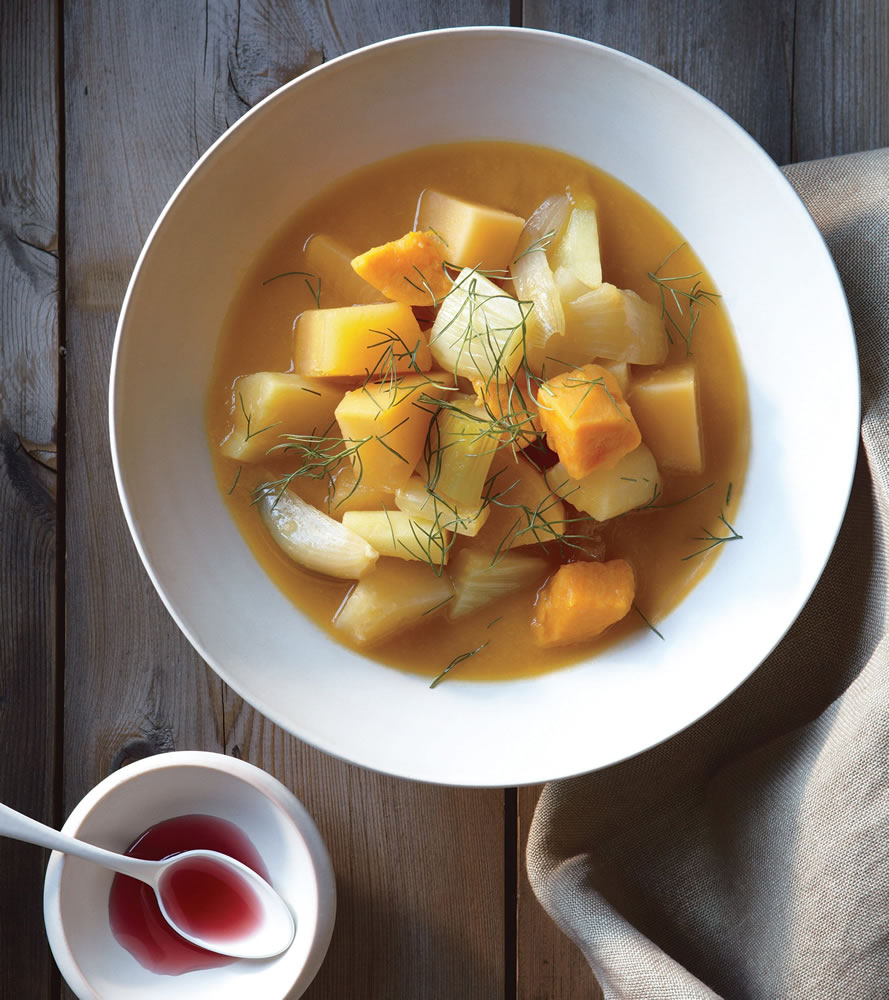Momentary warm weather got me thinking about playing outdoors, gardening and shopping at farmer’s markets. But until spring arrives, I’ll be staying indoors and trying to think of ways to jazz up family meals. Fortunately, I found one.
A news release from About.com captured my attention when the website’s local-food expert, Molly Watson, mentioned winter’s white vegetables.
“We all know we’re supposed to ‘eat a rainbow’ – fruits and vegetables in lots of different colors – to get great nutrition, and it’s an excellent guideline,” she said. “Yet in the process of promoting variety, less colorful vegetables have sometimes taken on a bum rap. In the depths of winter, there is a variety of creamy white winter vegetables that can be lovely and delicious.”
In a telephone interview from her home in San Francisco, Watson said that sometimes eating seasonally in the winter is forgotten.



